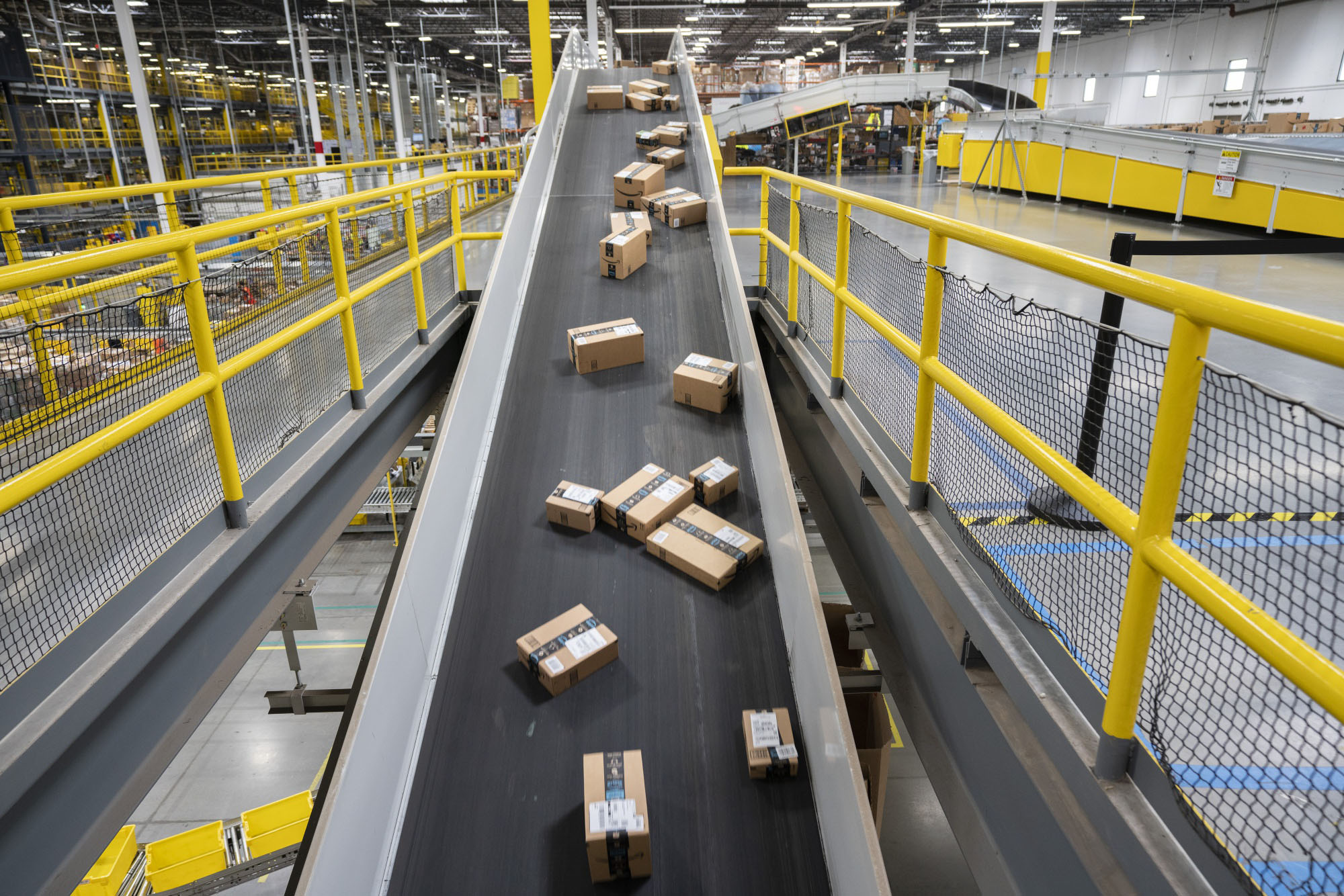Over the past several years, Shanghai entrepreneur Yung Lin has built a decent business selling wrenches, screwdrivers and other tools on Amazon.com. Then U.S. President Donald Trump imposed tariffs on thousands of goods made in China, and Lin faced a difficult choice: eat the additional cost or try and pass it onto his mostly American customers. He chose to raise prices and watched sales of some products dive by as much as one-third in just two weeks.
Amazon.com Inc. merchants around the world are scrambling to navigate an unpredictable trade war that's upending their proven business model of buying inexpensive goods in China and selling them at a markup in the U.S. The problem is particularly acute now as Trump weighs another $300 billion worth of tariffs, many on consumer goods.
Mom and pop sellers won't be able to wait for Trump's decision: They have to place factory orders now and figure out pricing if they want to get their goods made in time for the lucrative Christmas shopping season, when they make as much as half their annual revenue. The most obvious solutions — raising prices, shifting production to other countries, stockpiling inventory — all have costs and complications of their own.


















With your current subscription plan you can comment on stories. However, before writing your first comment, please create a display name in the Profile section of your subscriber account page.